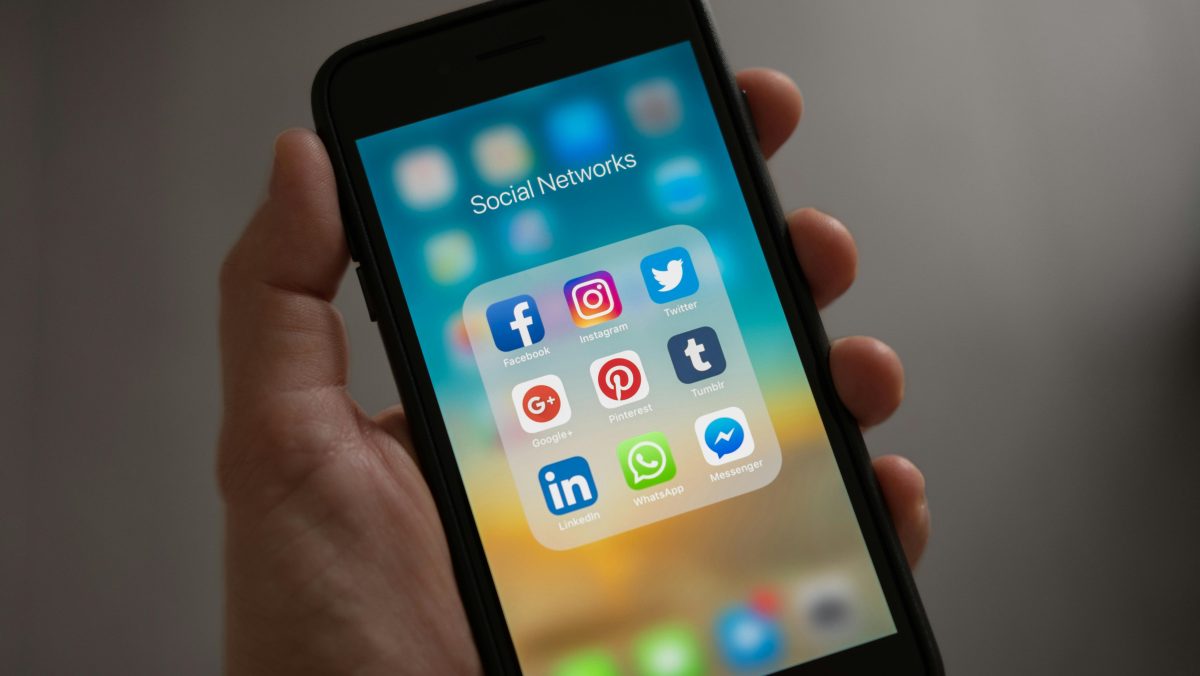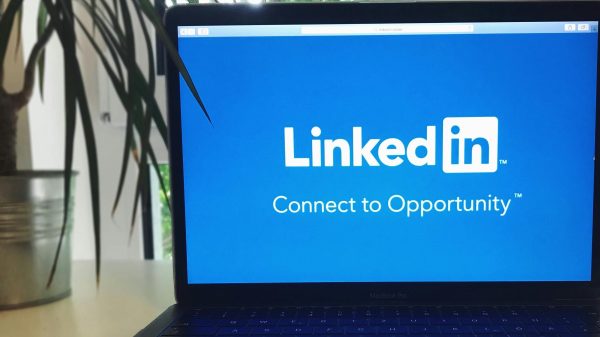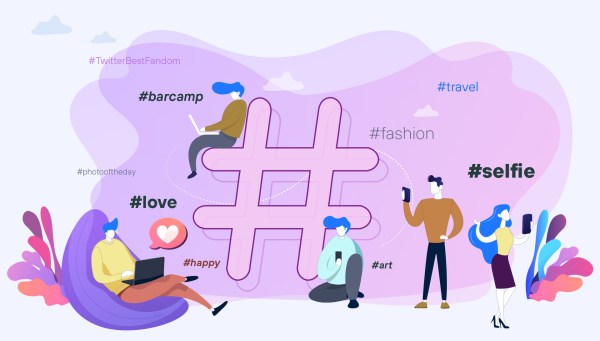What is the importance of communication?
Communication is the basis of all human and professional interaction. It allows us to convey ideas, coordinate actions, resolve conflicts and build trusting relationships. In the corporate world, clear and strategic communication improves productivity, strengthens organisational culture and enhances brand reputation. Furthermore, in a digitalised environment, communication has become a key tool for differentiation and value creation.
How has the advent of social media influenced communication?
Social media has transformed communication on multiple levels, especially since the emergence of Facebook (2004) and X (formerly Twitter in 2005):
- Horizontality: anyone can be a sender and receiver of messages.
- Speed: information is disseminated in real time.
- Interactivity: dialogue and immediate feedback are encouraged.
- Democratisation of content: dependence on traditional media is reduced.
These major changes have forced companies and professionals to adapt their strategies, prioritising authenticity, active listening and community building.
What do social media in general contribute to communication?
Social media has profoundly transformed the way we communicate. Some of its main features are:
Immediacy and global reach
Social media allows information to be shared instantly with a global audience. This has made communication faster and more accessible, removing many geographical and time barriers.
Interactivity
Unlike traditional media, social media allows for two-way communication. Users can comment, react, share and actively participate in conversations, which encourages a more dynamic dialogue.
Diversity of voices
It has democratised communication, allowing anyone with internet access to express their ideas, opinions and experiences without the need for intermediaries.
Content personalisation
Algorithms allow users to receive content tailored to their interests, which can make communication more relevant, but can also create information bubbles.
Social mobilisation and activism
Social media has been key to organising social movements, awareness campaigns and protests, facilitating coordination and the dissemination of messages on a large scale.
New forms of expression
They have given rise to new languages and formats of communication, such as memes, threads, short videos, emojis, etc., which enrich the way we express ourselves.
And in turn, as the internet is basically the space where they operate, the platforms that enable these new forms of communication can, compared to traditional media:
- Segment audiences with precision.
- Measure the impact of each message through analytics.
- Build a personal or corporate brand on an ongoing basis.
- Encourage participation through interactive formats such as surveys, videos or comments.
It should also be noted that they have created an environment where reputation is built in real time, which requires consistency and transparency in every post.
And LinkedIn in particular?
LinkedIn, officially launched on 1 May 2003 and which closed its first year with only 81,000 users and 14 full-time employees, has been committed from the outset to connecting professionals around the world to make them more productive and successful. It is therefore clear that LinkedIn stands out for its professional approach. And from this professional approach, it offers:
- Credibility: users expect serious, useful content related to professional development.
- Job opportunities: it is one of the leading networks for recruitment and talent search.
- Subject matter authority: it allows users to position themselves as leaders in a sector through publications, articles and participation in debates.
- Strategic networking: it facilitates connections with decision-makers, experts and potential collaborators.
Today, in 2025, LinkedIn has over 1 billion users, consolidating its position as the most influential professional network in the world.
What is the best communication strategy on LinkedIn?
According to Hootsuite and Sprout Social, the most effective strategies in 2025 include:
- Educational and valuable content: guides, tips, trend analysis.
- Personal stories with a professional moral: they generate empathy and connection.
- Posts with native images or videos: they increase viewing time.
- LinkedIn newsletters: they build audience loyalty and avoid dependence on the algorithm.
- Strategic comments on third-party posts: they improve visibility and position the author as an expert.
How should the strategy on this social network differ from others?
Here we must remember that LinkedIn is a professional social network and your strategy should be in line with precisely that, your professional social requirements. Unless you are seeking recognition and views at all costs for commercial or branding reasons, a natural strategy for LinkedIn should contain the following differentiating factors.
- Professional tone: clear, respectful language aimed at adding value is expected.
- Less frequent, more in-depth: it is not the quantity but the quality of the content that is rewarded.
- Meaningful interaction: the algorithm prioritises long comments and real conversations.
- Avoid superficial viral content: LinkedIn is not designed for virality, but for professional relevance.
How has communication on LinkedIn evolved over the years?
The rise of social networks such as TikTok and Instagram, combined with the platform’s need to keep its users connected for as long as possible, has transformed the way people communicate on LinkedIn. Today, traditional styles and formats are giving way to new communication dynamics that break with classic netiquette, favouring more agile, visual and emotionally connected content.
This evolution does not imply a loss of rigour: data accuracy remains key, both for algorithms and for professionals on the network looking to stand out. What has changed is the way that knowledge is presented: it is now more accessible, more creative and, above all, more effective in generating recognition and positioning in today’s digital environment. Some examples are:
- From digital CV to content platform: it is now a space for sharing ideas, learning and experiences.
- Greater prominence of video and live events: LinkedIn Live and native videos have gained traction.
- Rise of newsletters and long-form articles: these allow for deeper exploration of key topics and build audience loyalty.
- More demanding algorithm: in 2025, the algorithm classifies posts as spam, low quality or high quality, and prioritises those that generate authentic conversation.
What type of communications generate the most views?
On LinkedIn, the posts that generate the most views are those that combine authenticity, professional value and emotional connection. Unlike other social networks, LinkedIn rewards content that encourages conversation and provides useful knowledge within a professional context. It’s not just about showcasing achievements, but about sharing the journey, lessons learned and ideas that can inspire or help others within the professional environment where we are recognised. Some examples are:
- Posts with native images or videos.
- Personal stories with professional lessons learned.
- Content that starts conversations: open-ended questions, surveys, reflections.
- Visual content: images, infographics, and short videos quickly capture attention and increase the time spent on the post, which helps its reach.
- Calls to action: open-ended questions or invitations to comment encourage interaction, which LinkedIn’s algorithm interprets as relevant content.
- Recognising colleagues or teams: generates positive reactions and amplifies reach.
And what else generates engagement?
The current approach of the professional network is to leave professional netiquette open to forms of communication and formats that are closer to the audience, without losing its professional character.
Engagement, at the moment, is more associated with sharing, discussing and showing the more social, human and emotional side of all of us. Let’s say that LinkedIn has become a virtual community for professional, social and human learning. The value of each individual in the network now lies beyond demonstrating their CV and knowledge. That is taken for granted. Proximity, professionalism and empathy thus become the protagonists of network engagement with content such as:
- Emotionally authentic content: achievements, failures, lessons learned.
- Well-argued opinions: taking a stance on relevant industry issues, always with respect and substance, can generate enriching debates and increase visibility.
- Participation in third-party publications: commenting with added value positions the author as an expert and generates reciprocity.
- Posts that invite comments: these generate long and valuable comments.
- Recognition of other professionals: mentions, acknowledgements, celebrations.






